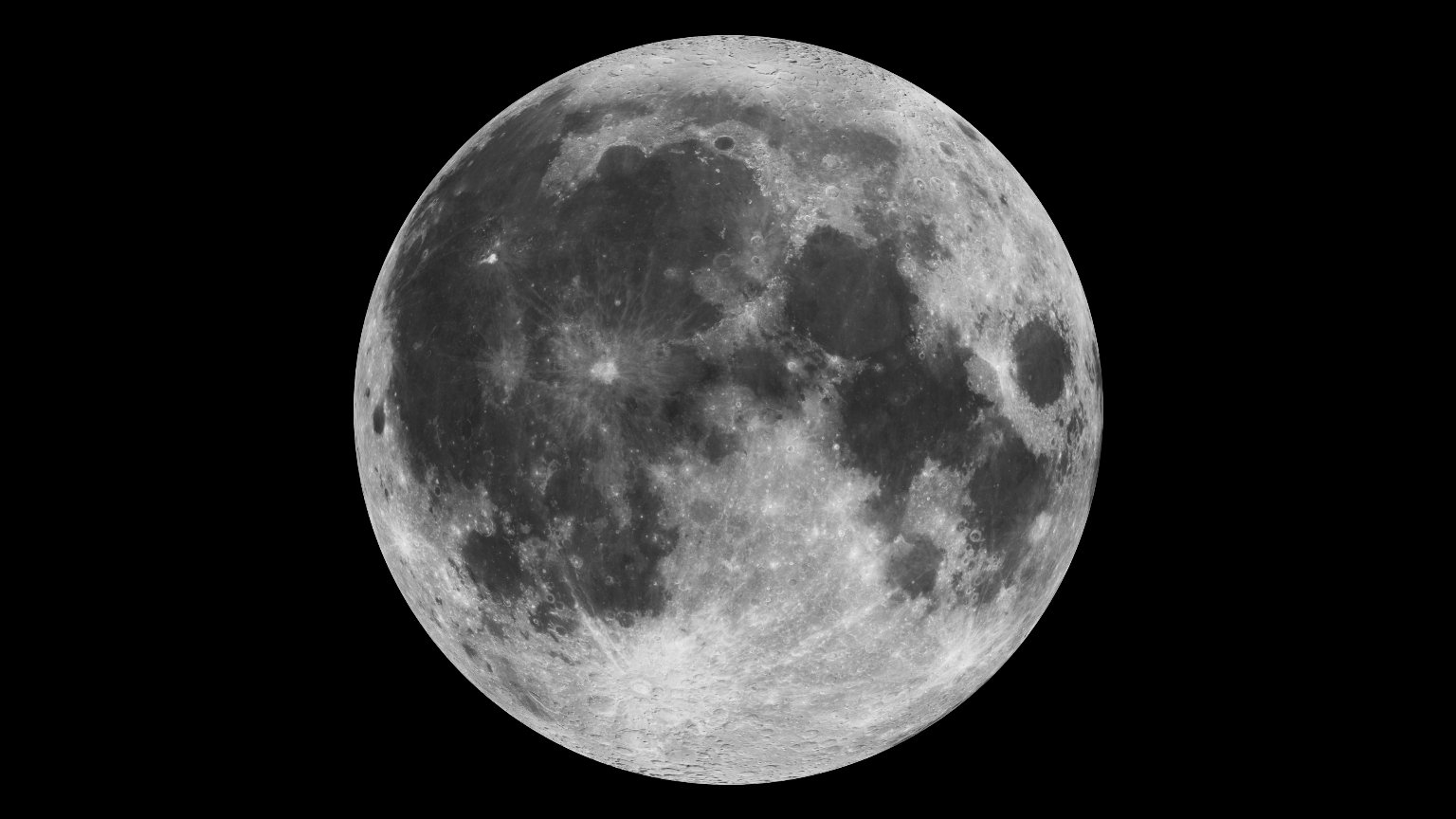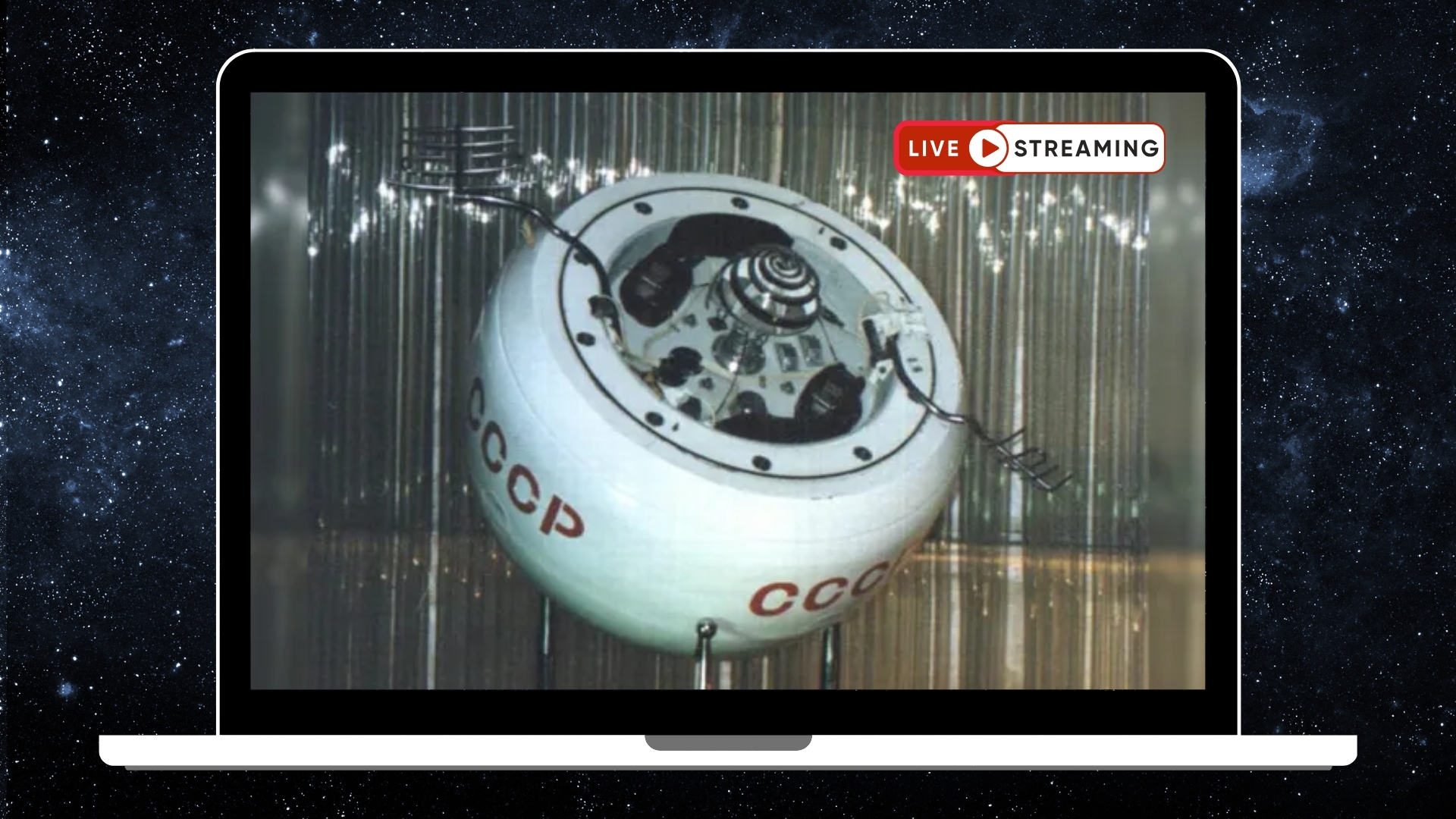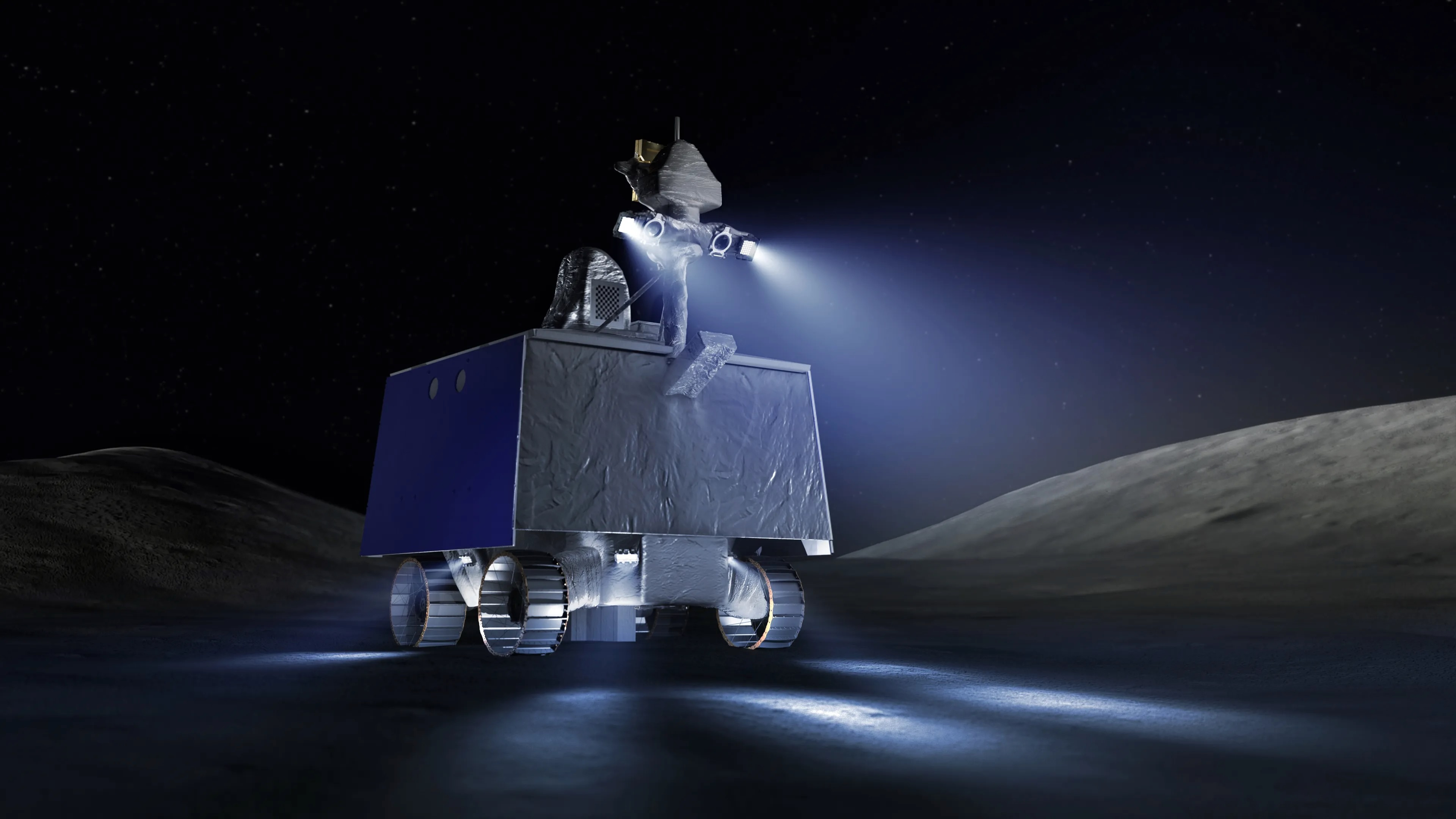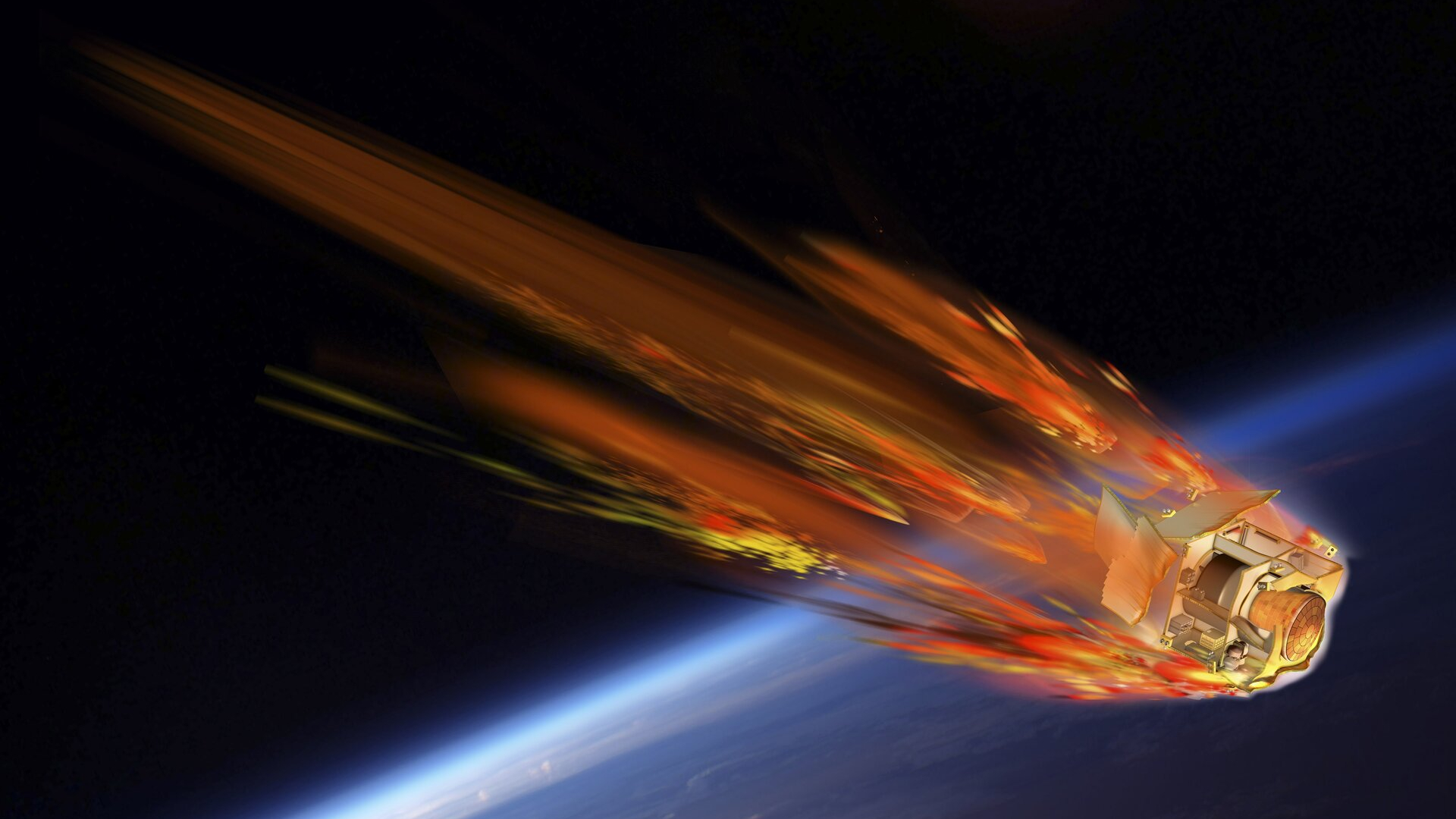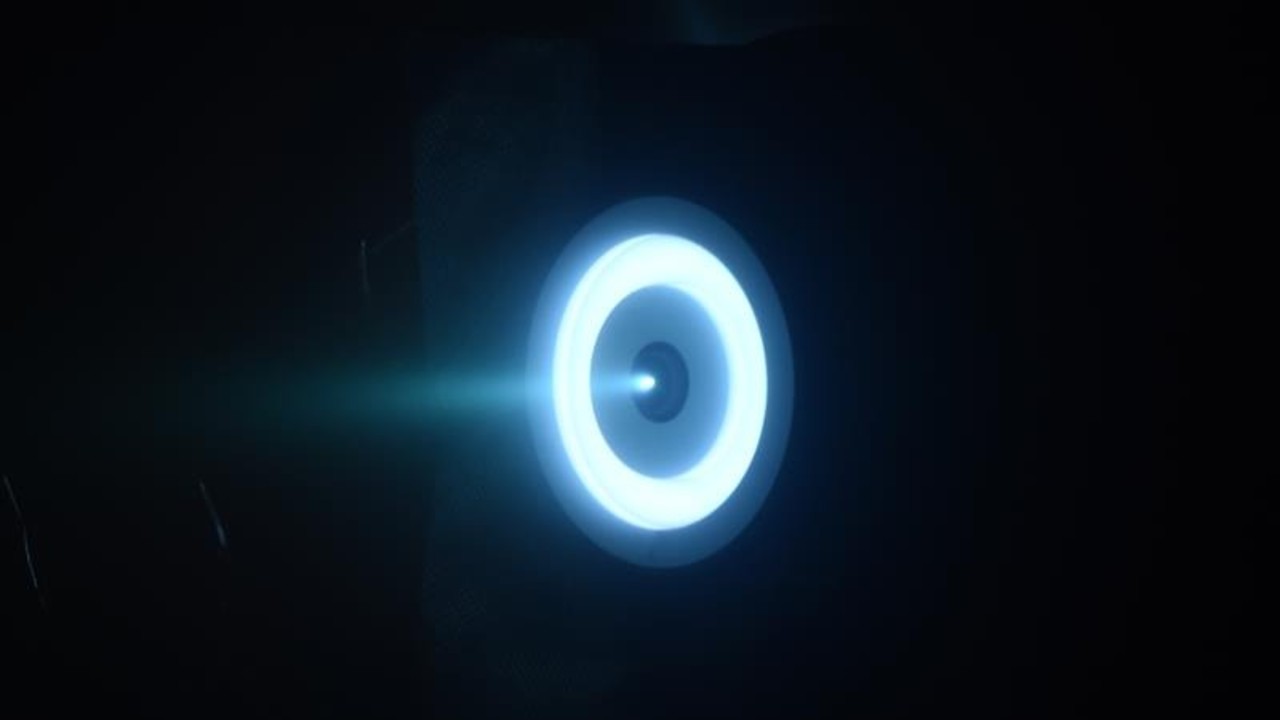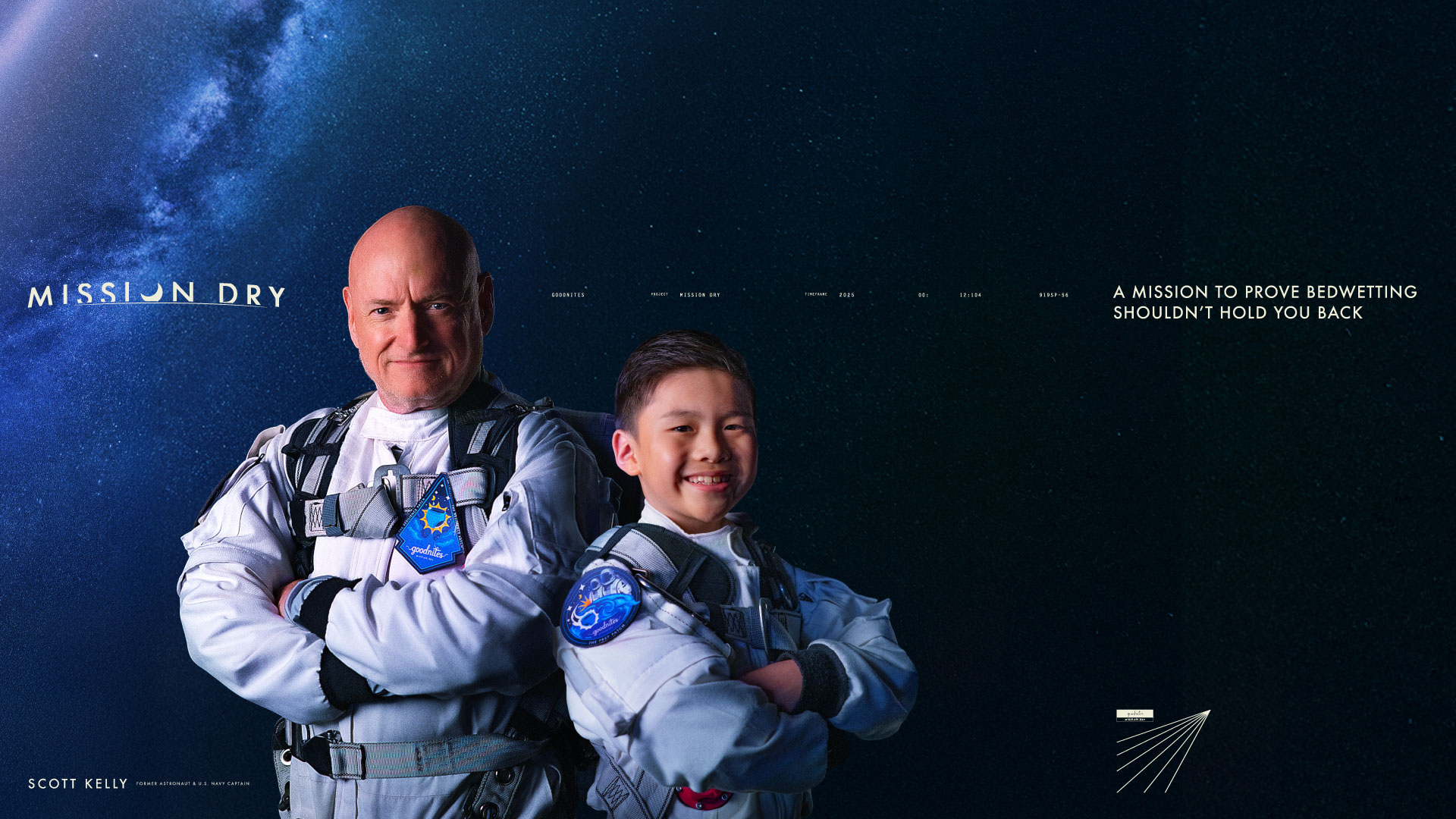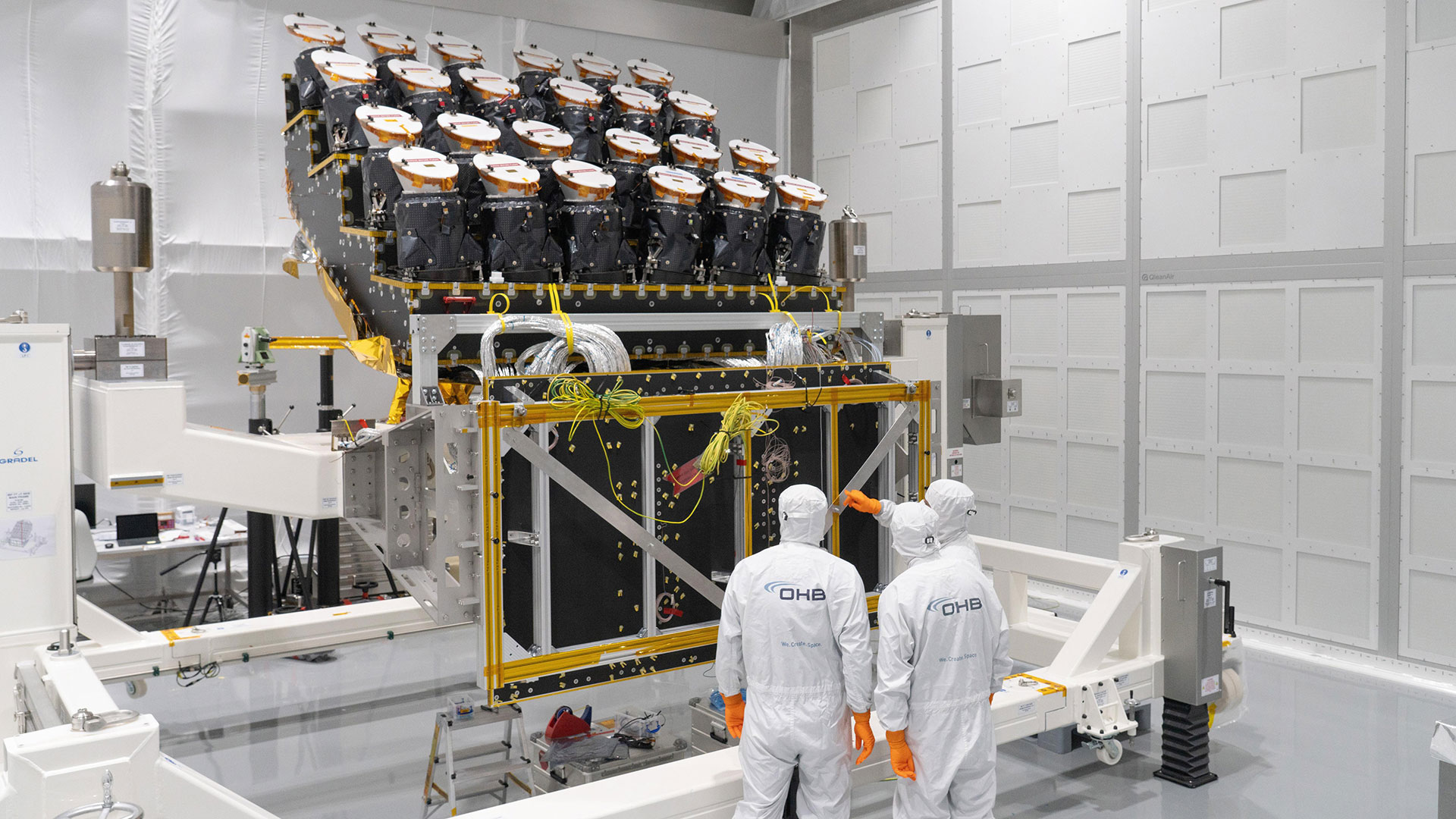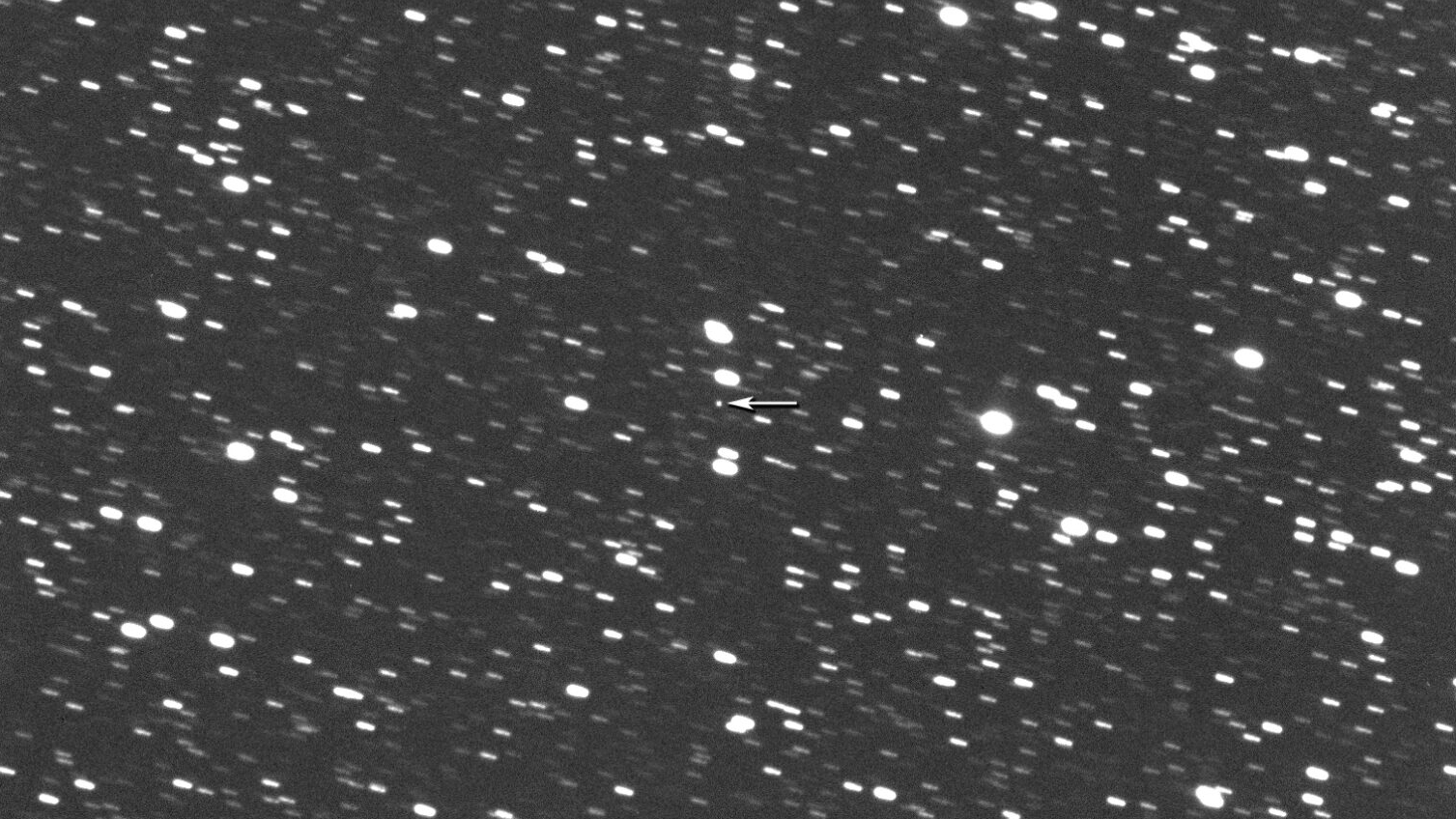Year of the Moon: China, Japan Ready Lunar Probes for '07
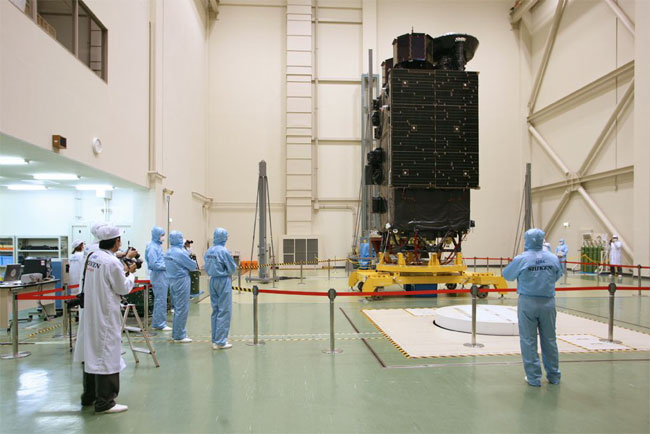
Arenewal of robotic lunar exploration is ready for liftoff in 2007--and not bythe United States. This year, China is set to launch its first lunar orbiter,followed by the summer sendoff of a mega-powerful mooncraft from Japan.
Bothnations are kick-starting a barrage of robotic survey ships that shoot for theMoon, including lunar missions by India and the United States in 2008.
Asglobal interest in the Moon grows, so too does the call for multi-nationcollaboration in robotic and future human exploration of Earth's neighboringnatural satellite.
China's multi-pronged program
China is wrapping upfabrication next month of Chang'e I to be sent spaceward atop a Long March 3A rocket.
Thelunar orbiter design--based on their Dongfanghong III satellite platform--isreportedly headed for an April departure from the Xichang Satellite Launch Center in Sichuan Province.
Accordingto Chinese news services, once Chang'e I circles Earth for nearly 8 hours, thespacecraft will then depart on its journey, taking 114 hours to reach Moonorbit.
Get the Space.com Newsletter
Breaking space news, the latest updates on rocket launches, skywatching events and more!
Whileprecise specifications about onboard science gear is not widely known, Chinesespace planners have explained in broader terms the goals of the mission. Thecraft will yield 3D images of the Moon's surface, probe the distribution of 14"usable elements" on the Moon, gauge the temperature of the Moon, estimate thedepth of the lunar crust, as well as study the space environment between theEarth and the Moon. The lunar orbiter is designed to carry out a one-yearmission.
Chang'eI's price tag has been given by Luan Enjie, chief commander of China's lunar probe project. According to the People's Daily Online, Luan has contrastedthe lunar probe's cost of 1.4 billion Yuan--that's $175.5 million in U.S.dollars--to building 1.2 miles (2 kilometers) of subway.
Chang'eI is China's first step in a multi-pronged Moon program. Over the next 10 years,Chinese space officials have called for a lunar rover, followed by a lunarsample return mission.
Hefty and post-Apollo
Thissummer, the Japan Aerospace Exploration Agency (JAXA) plans to launch thatnation's lunar orbiter via an H-IIA booster.
Dubbedthe SELenological and ENgineering Explorer (SELENE), this hefty Moon orbiter isbilled by JAXA officials as the largest lunar mission since the Apollohumans-on-the Moon program that ended in 1972.
Tippingthe scales at three tons in weight--including two sub-satellites eachweighing roughly 110 pounds (50 kilograms)--SELENE is built to gather scienceof the Moon, on the Moon, and from the Moon. The SELENE effort consists of aMain Orbiter and the smaller spacecraft that, among duties, can help advanceknowledge about the Moon's gravity field.
JAXA,in concert with The Planetary Society, is gathering public names and messagesto deliver to the Moon aboard the SELENE with a February 1 deadline forsubmissions. To take part, go to:
http://planetary.org/programs/projects/messages/selene.html
Core of the mystery
JAXA'sYoshisada Takizawa, SELENE Project Manager, said the orbiter will use the verylatest, high performance mission instruments, observing the crater laden Moonvia 14 sensors during its one-year mission.
Atthe Moon, those sensors can reveal the distribution of the elements andminerals on the lunar surface; the surface and sub-surface structure; thegravity field; the remnant of the magnetic field; and the environment ofenergetic particles and plasma of the Moon.
"Byintegrated and interdisciplinary scientific research of the data, it willreveal the Moon's elemental composition, internal construction, differences ingeographical features on both sides, the transition from the molten state thatis assumed to have happened after its birth, and its volcanic history,"Takizawa pointed out on a JAXA website.
"Throughthese research activities, it is hoped we can get closer to the core of themystery of the origin and evolution of the Moon," Takizawa emphasized.
High-definition
Insketching out its long-range lunar plans, JAXA envisions a "Deep Space Harbor"at the Moon. More lunar exploration and possible use of the Moon's resourcesare also on the agenda.
"Forthis reason, it has become more important to understand the distribution of theMoon's vital resources--like water-ice and minerals, so the data acquired bySELENE will play a key role in the study of exploration of the Moon," Takizawasaid.
Inaddition, SELENE carries a high-definition television camera. It will take amovie of Earth-rise from the Moon's horizon for broadcasting on Earth, Takizawapointed out.
Japan's space programleaders plan to seek a governmental go-ahead to take significant steps towardthe utilization of the Moon. Furthermore, JAXA wants to play a role in theimplementation of international lunar initiatives.
More than a mere destination
Thelooming liftoffs of non-U.S. robotic lunar spacecraft have not gone unnoticedat NASA.
A Global Exploration Strategy was unveiled last month by Shana Dale, NASADeputy Administrator, at the 2nd Space Exploration Conference in Houston, Texas. Six broad themes redefine the space agency's view that the Moon is "muchmore than a mere destination," she noted.
Ofthose themes, Dale highlighted international collaboration, adding that thestrategy "has been a work in progress to which more than 1,000 people fromaround the world and experts of 14 space agencies have contributed."
In2007, NASA will initiate "Cycle 2", a fine-tuning of the lunar architecture,including potential commercial and international involvement, Dale said. A keyfocus, she continued, will be hammering out a framework that can guide futureinternational coordination and collaboration efforts.
"Aswe move forward, we will see many different kinds and levels of cooperationthat result from this framework. In some cases, international lunar explorationefforts in the future will coalesce around one single, integrated activity,much like the International Space Station today," Dale said. "At other times,space agencies may choose to send independent missions to the Moon or conductindependent studies while utilizing shared support services."
Openness and flexibility
Dalenoted that independent robotic missions to the Moon exist today. For example,she said, the European Space Agency's (ESA) SMART-1 recently completed its Moonorbiting survey work.
"Japan'sSELENE will be the largest lunar mission since Apollo, and there are otherplanned lunar exploration missions including ones from China and Russia," Daleadvised, as she spotlighted India's Chandrayaan-1 Moon orbiter that--alongwith Indian scientific instruments--includes two instruments from Europe andtwo from the United States.
Meanwhile,work progresses on NASA's Lunar Reconnaissance Orbiter (LRO), to be launched inOctober 2008. Dale explained that last November scientists from ESA, India, Japan, Russia, and the United States met at a LRO science meeting.
Thepotential for cooperation between international lunar missions was discussed,Dale added. Scientists focused on such items as a common coordinate system,standard calibration targets for all lunar missions to observe,telecommunications frequency management, as well as common hardware interfacesto ensure maximum openness and flexibility in the evolving lunar architecture,she said.
"Wemust maintain and strengthen existing international partnerships and build newones, to enable a robust space exploration program," Dale said.
- Top 10 Moon Facts
- NASA Stresses Global Participation in New Lunar Plan
- China Moon Probe Readied for April '07 liftoff
- U.S.-China Cooperation: The Great Space Debate
- Return to the Moon: Mending Fences Between Exploration and Science
- NASA Unveils Strategy for Return to the Moon
- Scientists Gather to Plan Observations from the Moon
- Images: Future Vision: Lunar Base
Join our Space Forums to keep talking space on the latest missions, night sky and more! And if you have a news tip, correction or comment, let us know at: community@space.com.

Leonard David is an award-winning space journalist who has been reporting on space activities for more than 50 years. Currently writing as Space.com's Space Insider Columnist among his other projects, Leonard has authored numerous books on space exploration, Mars missions and more, with his latest being "Moon Rush: The New Space Race" published in 2019 by National Geographic. He also wrote "Mars: Our Future on the Red Planet" released in 2016 by National Geographic. Leonard has served as a correspondent for SpaceNews, Scientific American and Aerospace America for the AIAA. He has received many awards, including the first Ordway Award for Sustained Excellence in Spaceflight History in 2015 at the AAS Wernher von Braun Memorial Symposium. You can find out Leonard's latest project at his website and on Twitter.
